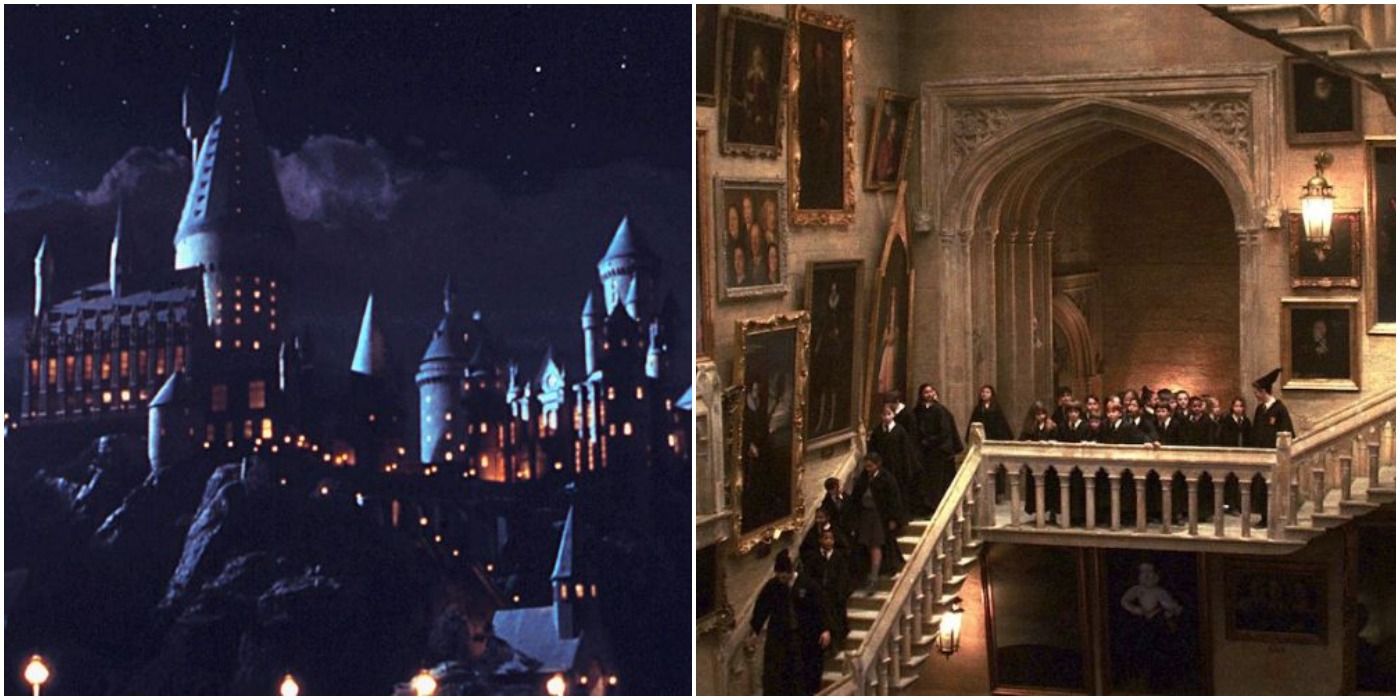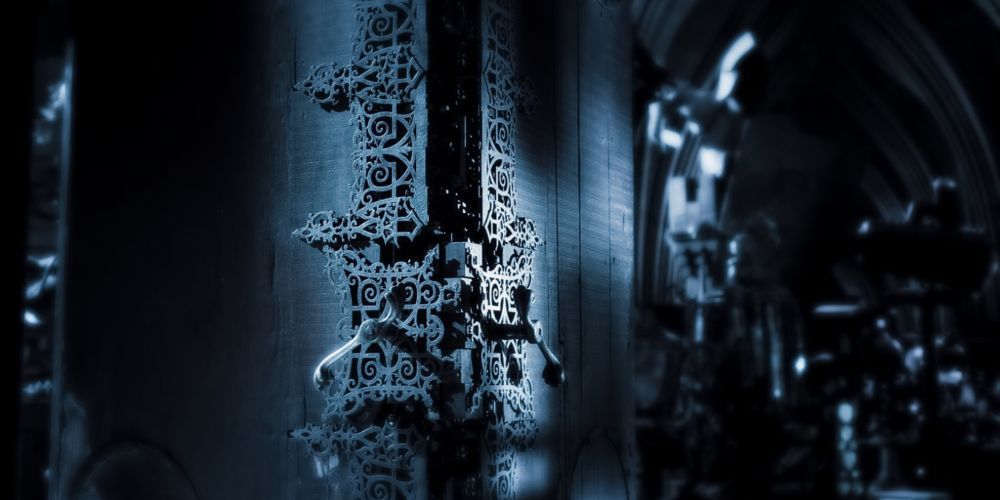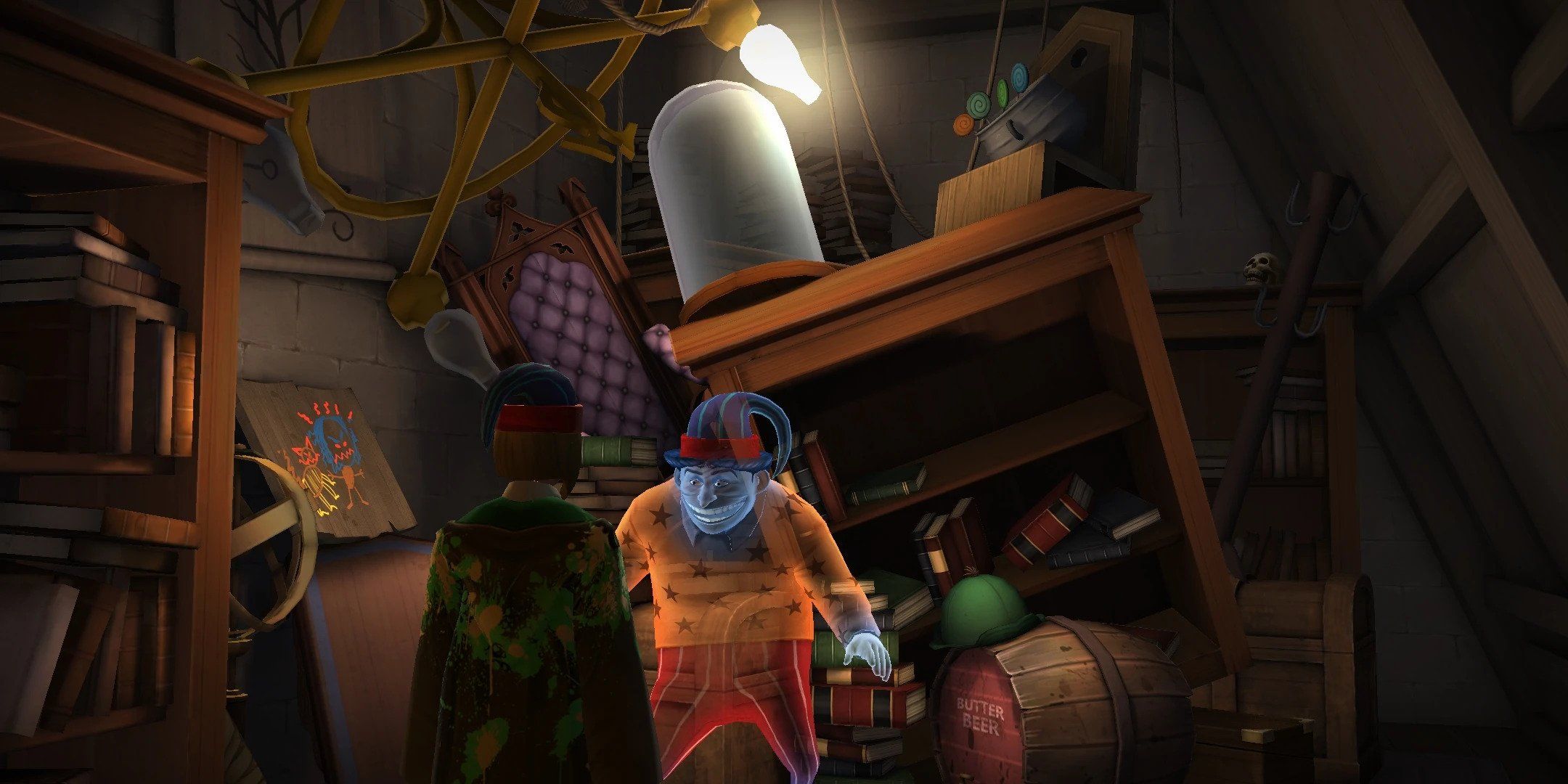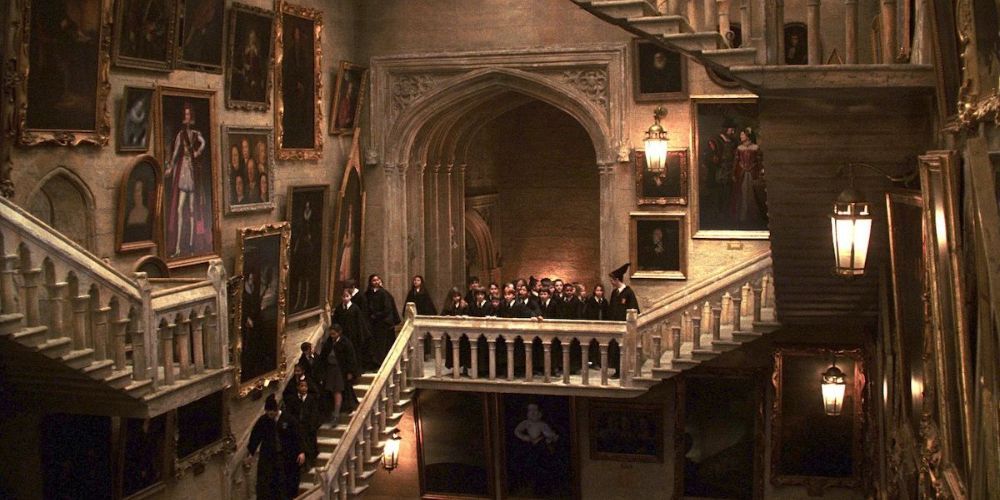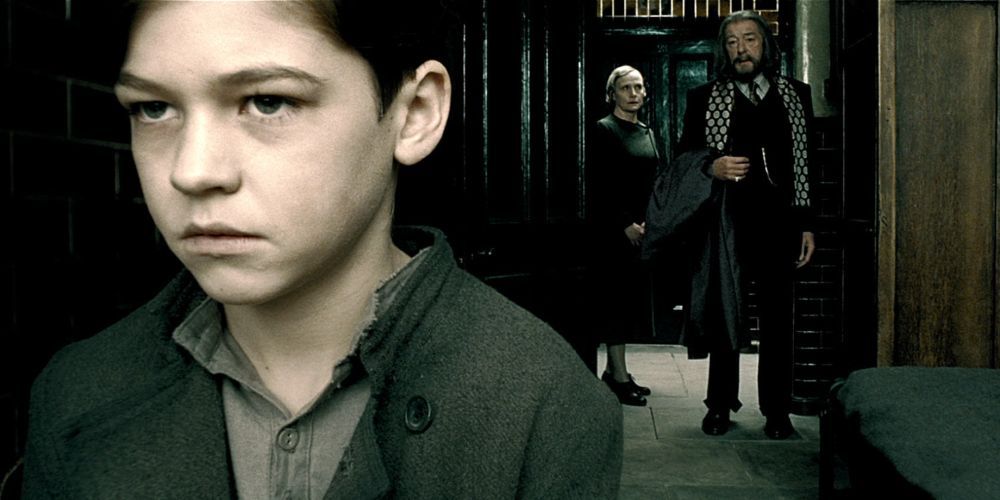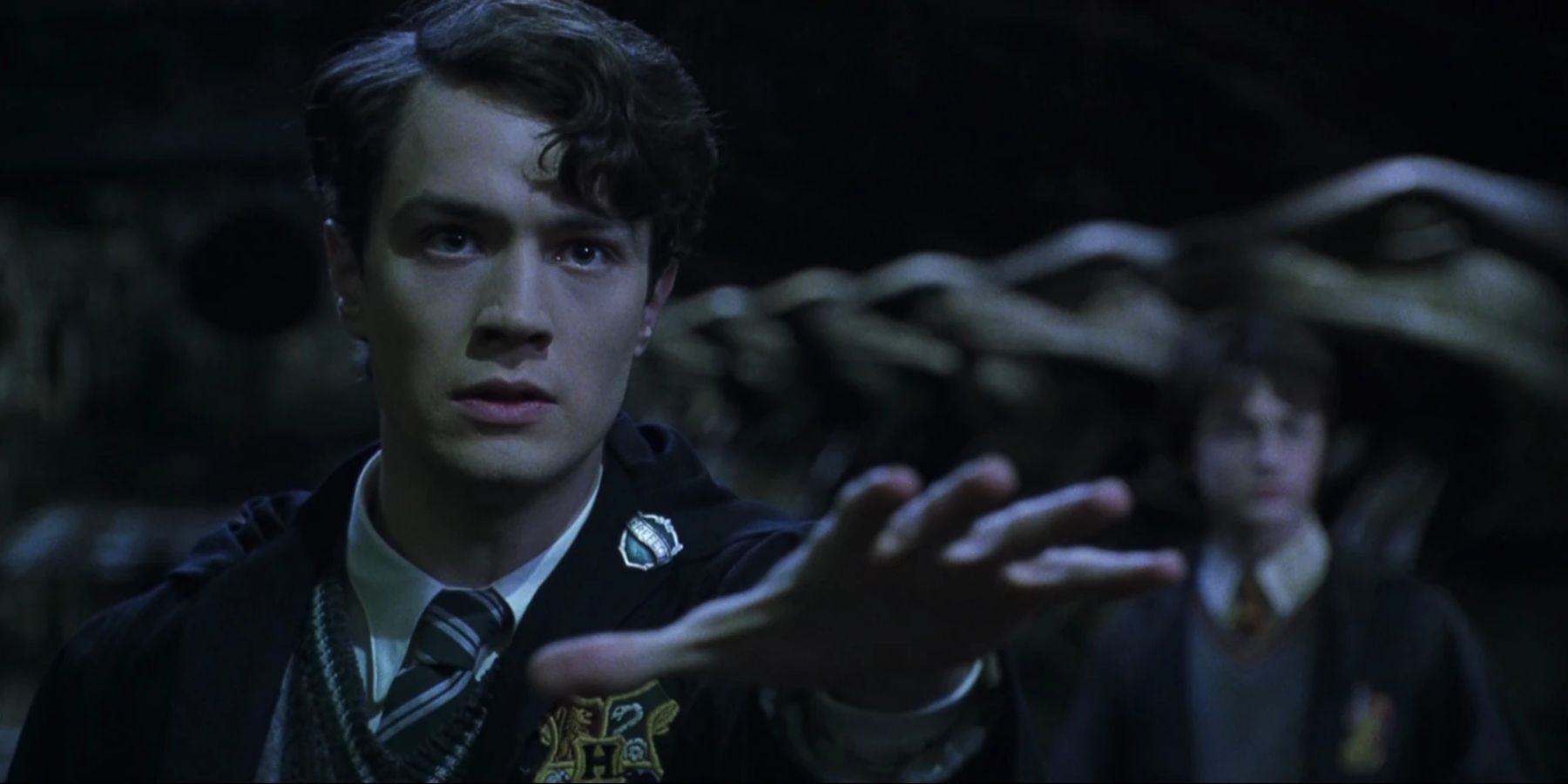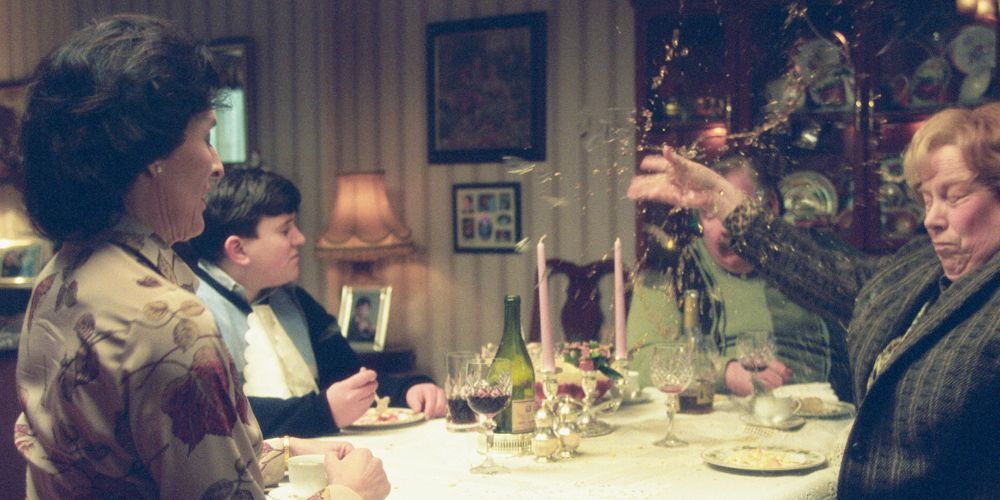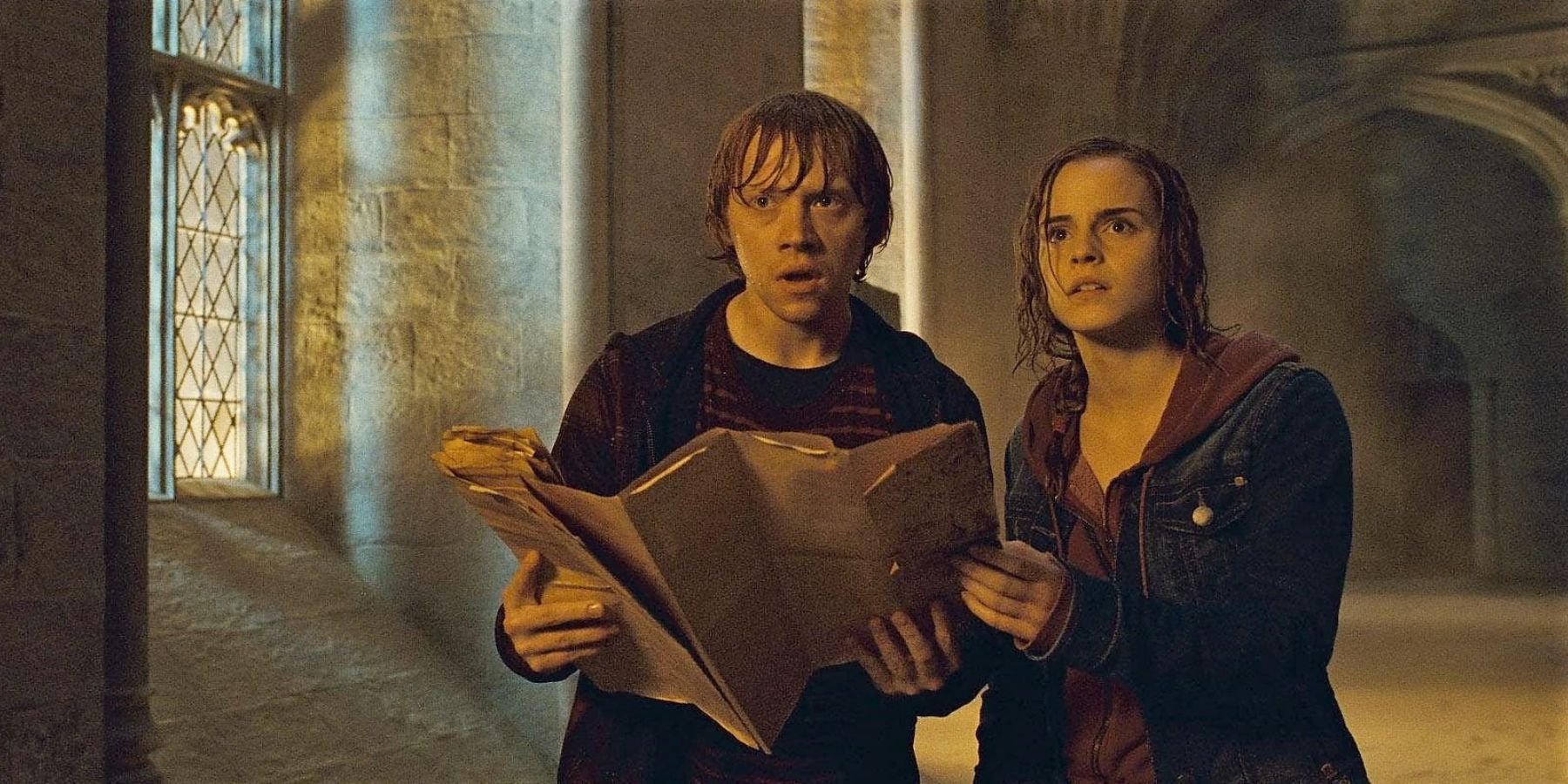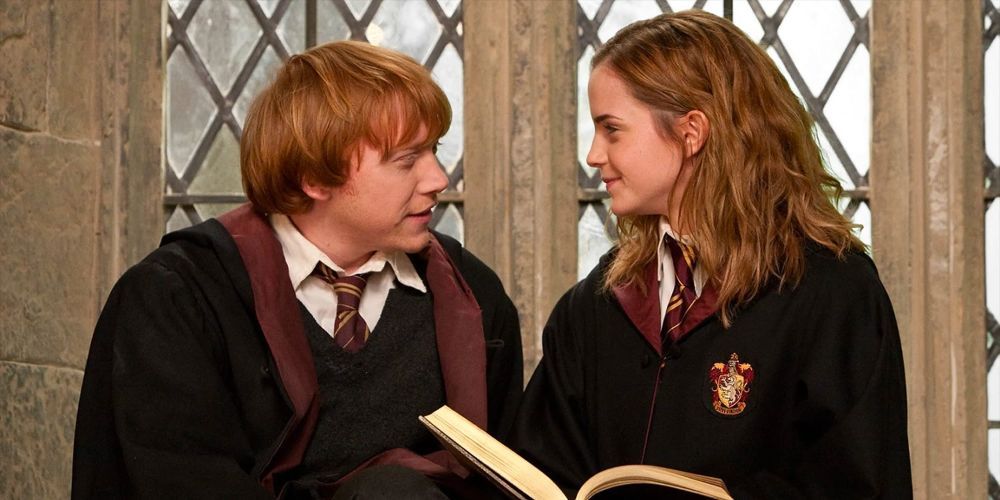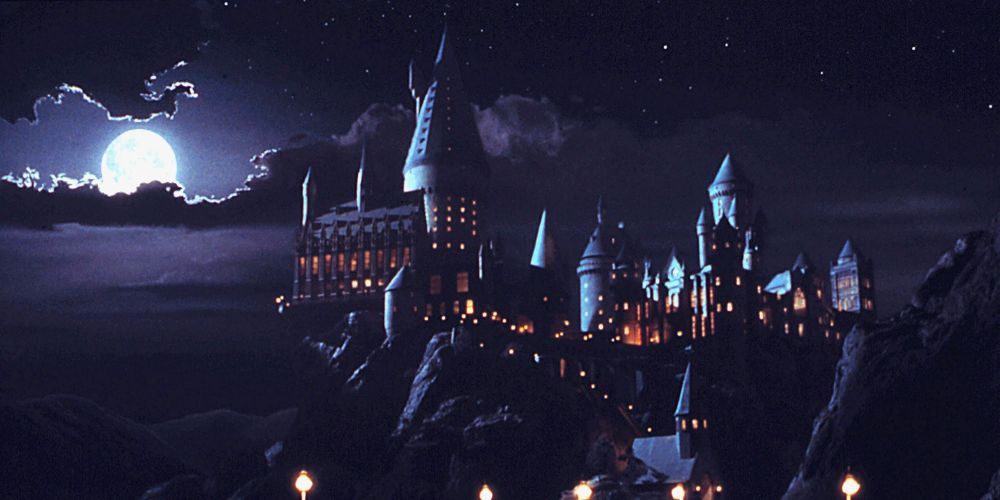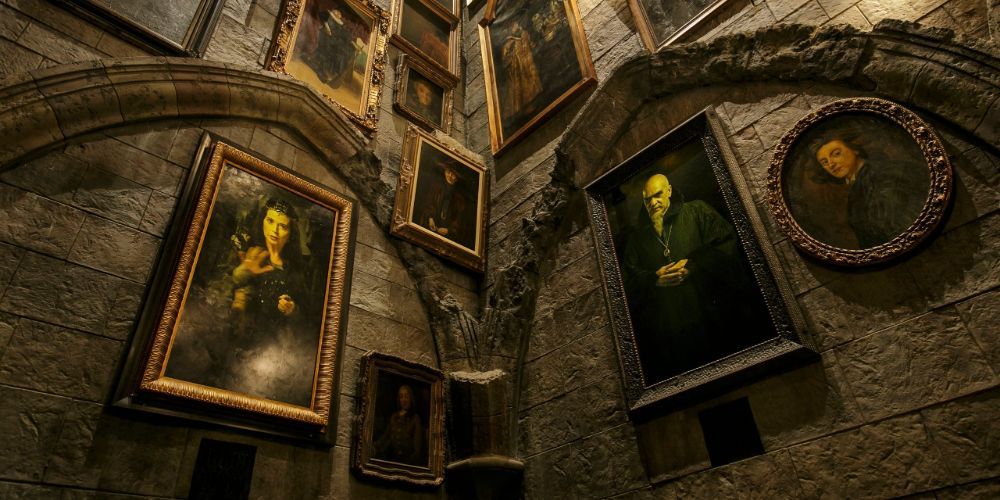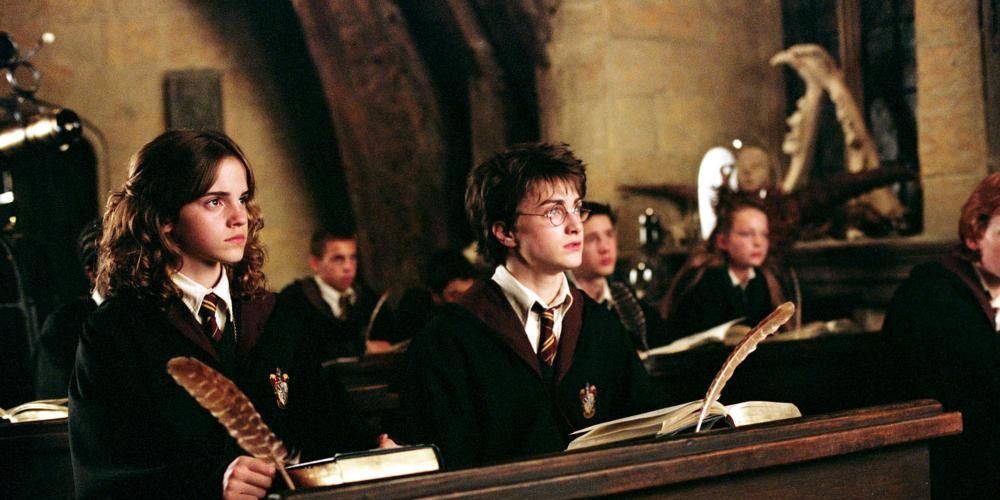There is no other place in all fiction like the Hogwarts School of Witchcraft and Wizardry. The castle wasn't only the setting of the vast majority of the Harry Potter series, but it is also considered by many fans to be nothing short of a living, breathing character of the long-running saga.
Although the depiction of Hogwarts in the Harry Potter movies was excellent and lived up to the expectations of even the most hardcore Potterheads, the adaptations couldn't have possibly fit all the castle's secrets and stories in just eight two-hour-long movies.
Updated on January 27, 2023, by Maciej Grzymkowski: With Hogwarts Legacy's release right around the corner, Harry Potter fans will surely uncover even more secrets about the School of Witchcraft and Wizardry, including ones that have never been revealed in the books or movies. Fans of the franchise who have only seen the Harry Potter movies might find that they've got certain gaps in their knowledge of the castle. This list was updated with three additional, book-only Hogwarts details to help them prepare for the release of the much-anticipated open-world game.
11 The Vanishing Cabinet's Backstory
The Vanishing Cabinet played a crucial role in Harry Potter and the Half-Blood Prince. Draco Malfoy used it to get in and out of Hogwarts, bring Death Eaters into the castle, and assist in the plan to assassinate Dumbledore. Fans who have only seen the movies will be surprised to know that it was actually Fred and George who unwittingly led Malfoy to discover the cabinet's unique properties.
In Harry Potter and the Order of the Phoenix, the mischievous Weasley brothers shoved Montague, one of Slytherin students, into the cabinet. He ended up getting stuck in a limbo between Hogwarts and the Borgin and Burkes store on Knockturn Alley. When Montague told Malfoy of his experience, he set off in search of the Vanishing Cabinet to establish a non-traceable connection between Hogwarts and Borgin and Burkes.
10 Peeves and the Vanishing Cabinet
Staying on the subject of the Vanishing Cabinet, Harry Potter and the Chamber of Secrets reveals another detail about this piece of furniture that was omitted in the movies. At one point in the second novel of the series, Harry gets in trouble with Filch, Hogwarts' caretaker, for getting the castle's floors dirty with mud and is called into his office to await punishment. In order to help Harry get away, Nearly Headless Nick convinces Peeves the Poltergeist to knock over a cabinet above the office in order to distract Filch.
When Harry got there to investigate, the cabinet was heavily damaged. The damage, in turn, made it malfunction when Fred and George shoved Graham Montague in there, which led to the Vanishing Cabinet's discovery by Draco Malfoy. The cabinet's background story was largely cut out of the films, mainly because Peeves the Poltergeist did not feature in any of them.
9 There are 142 Staircases In The Castle
Hogwarts is a giant school, and the movies have certainly represented its size in the best way possible. One of the most iconic parts of the castle is its moving staircases, which can lead unwary students astray.
However, even the movies were not able to convey just how spacious Hogwarts really was. In the eighth chapter of Harry Potter and the Sorcerer's Stone, it is revealed that there are 142 staircases that form the ever-changing landscape of the School of Witchcraft and Wizardry.
8 Voldemort Is A Direct Descendant Of Salazar Slytherin
When Harry Potter and the Half-Blood Prince's movie adaptation first released, many fans complained about the fact that it didn't go into enough detail when depicting Lord Voldemort's backstory and Tom Riddle's challenging teenage years. Many of these details described in the books shine a light not only on his evil turn but also on his deep, personal connection to Hogwarts itself.
As revealed in the sixth novel, Tom Riddle was the last direct descendant of Salazar Slytherin, one of Hogwarts' founders. His relation to Slytherin is also the reason why he can communicate with snakes.
7 Tom Riddle Received a Special Award From Hogwarts
Before he became Lord Voldemort, the embodiment of evil in the Wizarding World, Tom Marvolo Riddle was a promising Hogwarts student who even earned himself the Special Award for Services to the School, awarded only to students who made great contributions to the betterment of the castle.
The award was discovered by Ron while serving detention in the Trophy Room, where he had to polish all of the trophies after vomiting on them earlier in the story. It later turned out that Riddle received the coveted award for capturing the person who opened the Chamber of Secrets. Ironically enough, Harry and Ron were honored with the same trophy for defeating Riddle and sealing the Chamber of Secrets once and for all.
6 Muggles Can't See Hogwarts
Non-magical people, or muggles, are completely oblivious to the existence of a giant castle that is home to one of the most prestigious schools of wizardry in the world. How does one hide such a massive building with thousands of residents from the public, though?
Although it was briefly mentioned in the fourth movie that Hogwarts is under a "muggle-repelling" spell, the actual effect of that spell is only clarified by Hermione in the book version of Goblet of Fire. When muggles go to where Hogwarts is supposed to be located, they are met with ruins with an ominous sign saying: "DANGER. DO NOT ENTER. UNSAFE."
5 The Origins of the Marauders' Map
The lack of explanation for the Marauders' Map's existence is perhaps one of the most striking omissions in the movies, especially considering how it fleshes out the decisions and motivations of certain characters in the plot of Prisoner of Azkaban.
As the third novel explains, Moony, Wormtail, Padfoot, and Prongs, i.e., the creators of the map, were, in fact, James Potter, Remus Lupin, Sirius Black, and Peter Pettigrew. The first one of them is obviously Harry's father, and the rest have all played pivotal roles in Harry's life, starting with Prisoner of Azkaban. This background information made the map of Hogwarts all the more meaningful and added complexity to the drama that played out between Lupin, Sirius, and Pettigrew.
4 Ron and Hermione Were Appointed Gryffindor's Prefects
The last few film adaptations abstained from going into too much detail when depicting the day-to-day school life in order to save screen time for major plot developments. While it's understandable, the movies did fail to mention the fact that Ron and Hermione were made Gryffindor's prefects in the fifth novel.
Prefects are responsible for maintaining order within their respective houses. Being a prefect comes with added responsibilities but also a lot of privileges, and the fact that Ron and Hermione were chosen for these positions only shows how dedicated they were to Gryffindor. On top of that, it is a long-running tradition for the Weasley family boys to be Gryffindor prefects, and seeing the reaction of Ron's mom when she found out about his prefect nomination would have surely been a great on-screen moment.
3 The Founding Story
The filmmakers responsible for transferring the Harry Potter saga to the movie format were met with an incredibly difficult task of figuring out which parts of the novels were worthy of keeping in the movie and which ones to leave out in order to meet the screen time requirements. Understandably, many details about Hogwarts were removed as part of this process. One of the most interesting Hogwarts stories that didn't make it into the movie was the school's origin story.
The four founders (after whom Hogwarts' four houses were named) had their fair share of disagreements in the early years. The most jarring one was the feud between Salazar Slytherin and Godric Gryffindor regarding the acceptance of muggle-born wizards into Hogwarts. Slytherin vehemently opposed the idea, and the houses only managed to come to an agreement once he abandoned the project and never returned to Hogwarts.
2 Electronic Devices Don't Work There
The Harry Potter movies have left viewers wondering about many things that relate to Hogwarts and its place within the Wizarding World. The relationship of the school with the muggles, however, remained shrouded in the aura of mystery, at least in the film adaptations.
A lot of people find it puzzling that no electronic devices were ever used at Hogwarts. After all, even with all the magic, some electricity would certainly help in terms of maintaining the castle and keeping everything in order. There is no mention of it in the movies, but it was frequently mentioned in the books that electronic devices malfunction in magical environments and, therefore, can't be used at Hogwarts.
1 Muggle Studies Is A Subject Taught At Hogwarts
One of the most disappointing things about the Harry Potter movies that came after Prisoner of Azkaban is how they abandoned the exploration of Hogwarts' school life, including the unique subjects taught there. The films failed to even mention the existence of certain subjects that would have fleshed out Hogwarts' curriculum a little more.
Muggle Studies is one such subject, and it is a particularly odd one. In these classes, students can learn about how muggles used science and technology to get by without the use of magic. Muggle Studies were mentioned on many occasions in the books. Hermione was known to have taken it during her impossibly packed semester in Prisoner of Azkaban.

